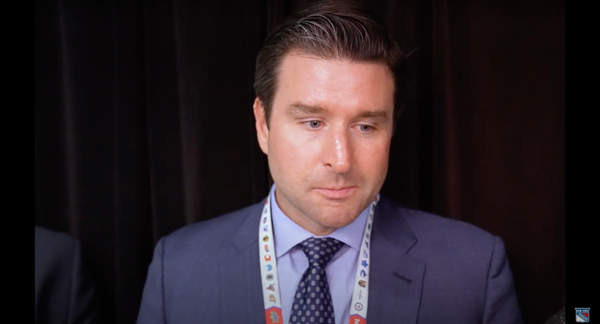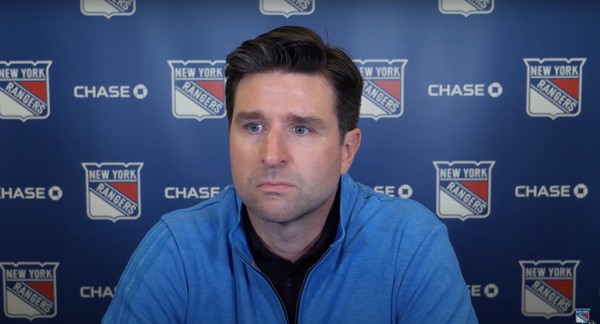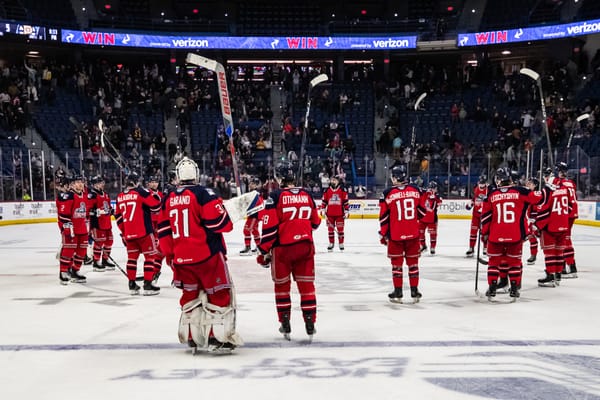Rangers Vs. Flyers: The Benefits Of Having Four Lines
It's a nice thing to have.
I remember a time when playoff games involving the New York Rangers had the following ice time statistics in the box score:
Player X - 25:43
Player Y - 26:17
Player Z - 4:13
I remember a time when a defenseman -- who was dressing for the playoffs because the coach wanted him to -- played under four minutes in a triple-overtime playoff game. I remember tired top-line players playing shift after shift no matter the situation, game after game.
Yes, some of the above had to do with John Tortorella's "I'm playing my top guys because they should be leaned on" strategy. But some of it also had to do with the reality of the Rangers' lack of a bottom six. It was an issue that was dissected, talked about at length, targeted as a problem by the brass and then never really fixed.
Until this year, that is.
Glen Sather made a couple of savvy moves to bring in more bottom six talent. Benoit Pouliot was added over the summer. Mats Zuccarello was re-signed (with the hopes that his talent would push someone else into a bottom six role). Sather didn't pull the trigger on any foolish Brian Boyle trades, he traded for Dan Carcillo and he signed Dominic Moore. As the year wore on, we started to get a better glimpse of what a true bottom six can do for a hockey team.
So far this year, the bottom six has provided the Rangers with something you can't put a price on. Offense. The Zuccarello - Derick Brassard - Pouliot line -- which in reality is the Rangers' third line -- was one of the most consistent groups all year. Their offense helped keep the Rangers afloat during the Nash injury/10-games after the injury when he wasn't himself. That trio turned the "second" power play unit into a legitimate threat. They gave space and room for the top two lines because, well, the opposing defense had to stop someone, right?
But the story doesn't end there. Boyle, Carcillo, Derek Dorsett and Moore have all been a big part of this as well. That group (yes, even Carcillo) has given Alain Vigneault the ability to have a group of players thrive despite being buried up to their necks in defensive-zone starts. That's more valuable than some people realize.
When the Rangers give up a goal and then need to settle down; out goes the fourth line. When the Rangers are tired, getting knocked around and have a defensive zone draw; out goes the fourth line. When the Rangers need some puck possession and make the other team defend for a change; out goes the fourth line.
That last point is the most important. The fourth line isn't a one-dimensional group of players who can't find the puck in the offense zone. No, they probably won't give you a ton of offense, but that doesn't mean they can't be effective there.
The results are pretty easy to see. The Rangers don't have a single player who has averaged less than eight minutes in the playoffs (and that player is Carcillo, who played just one game and saw 8:57 worth of ice time). The next lowest is Dorsett with 9:40. After that, there isn't a single player averaging less than 10 minutes a game. Not one.
That has given Vigneault the ability to keep his top guns fresh and the opposing team guessing at what's coming next. It allows him to roll four lines, and with an effective fourth line, keep the other team's top players at bay without sacrificing minutes from players who need to be producing offense.
That's a far cry from last year.
Then again, so is this year's bottom six.





